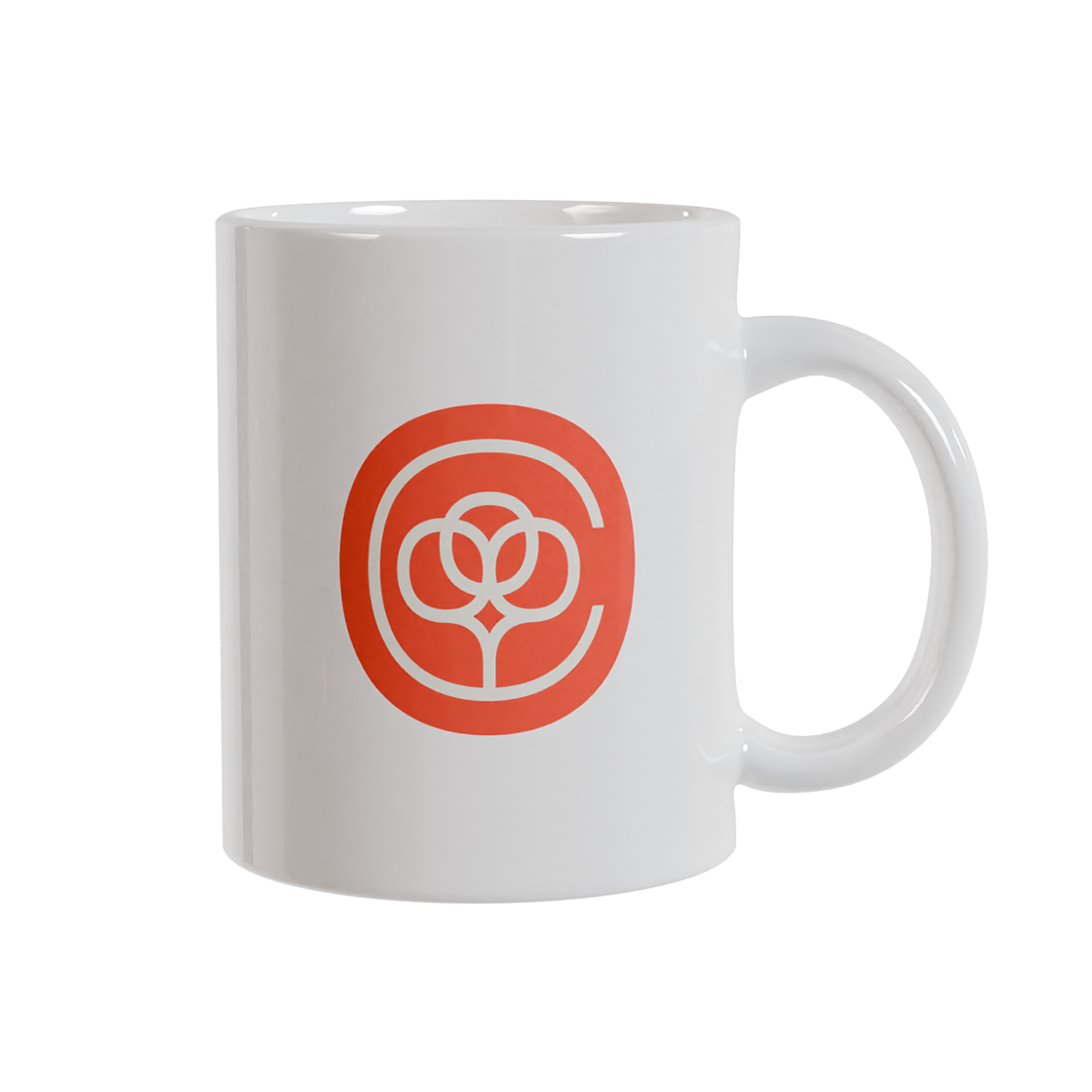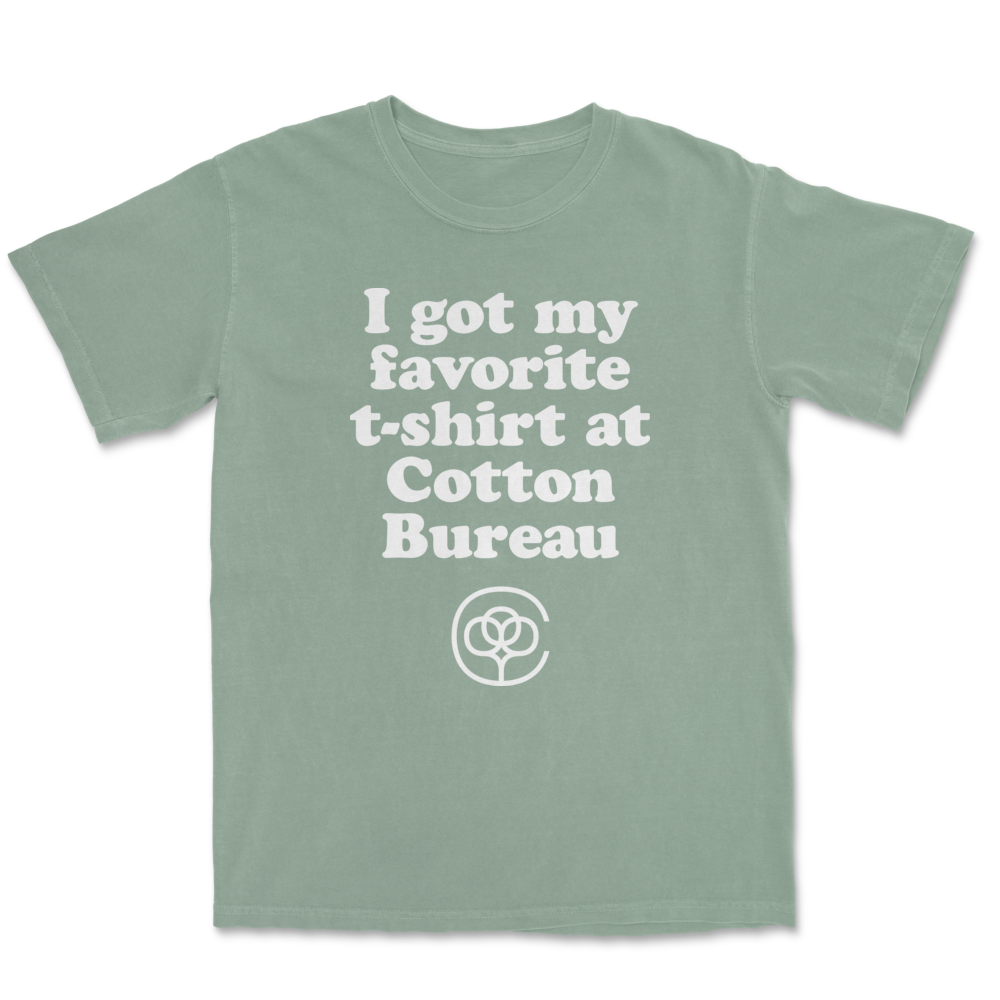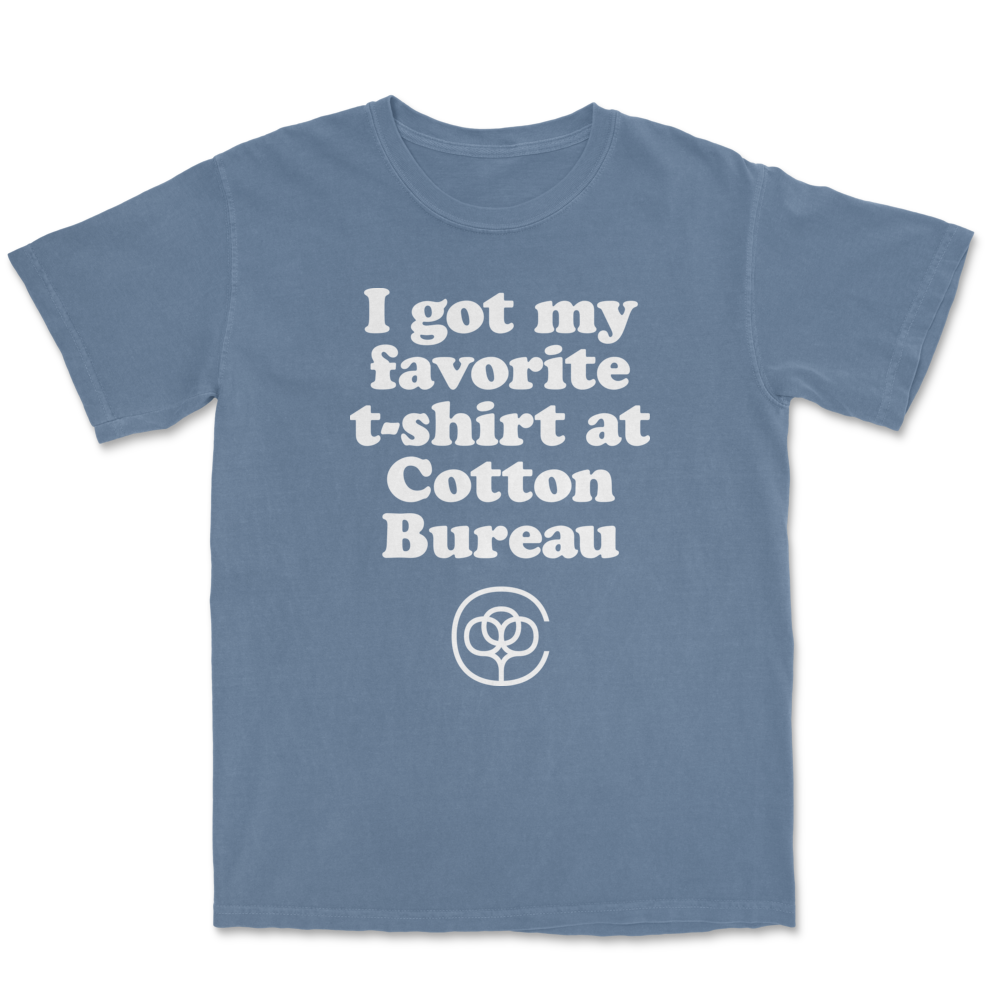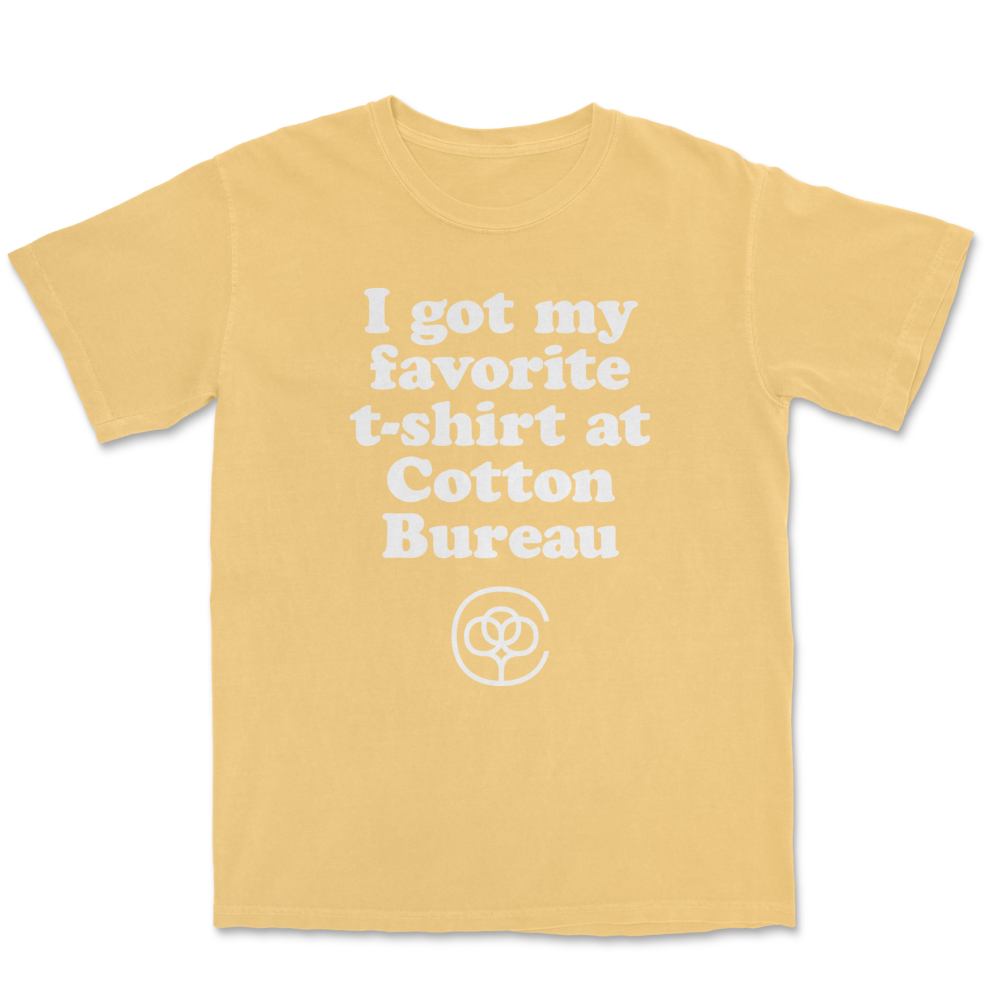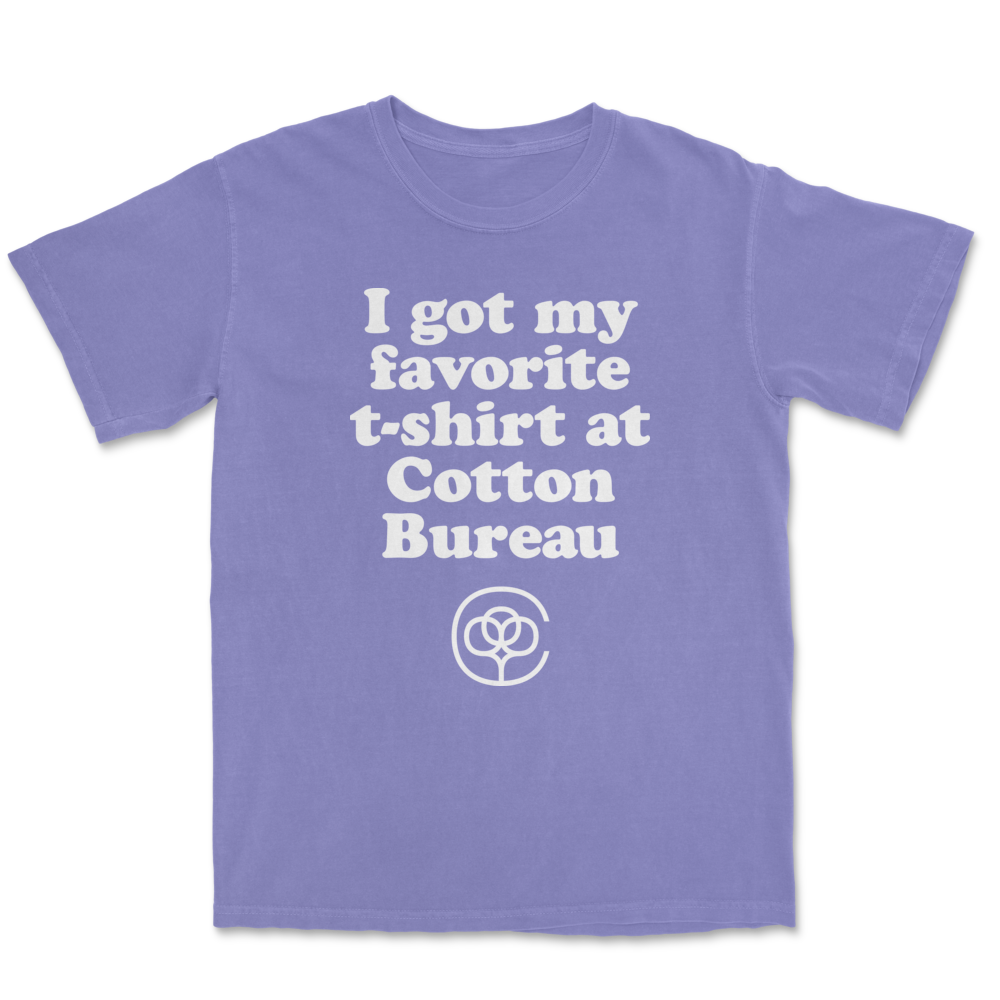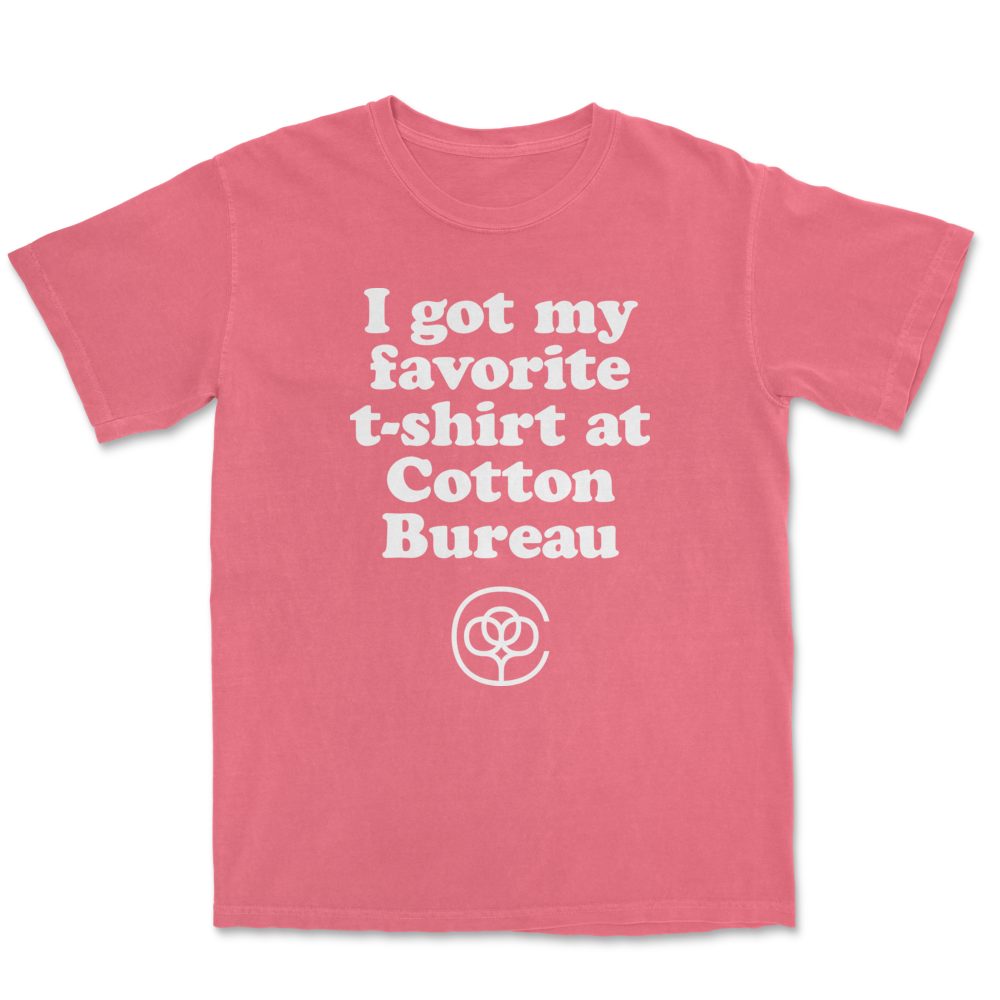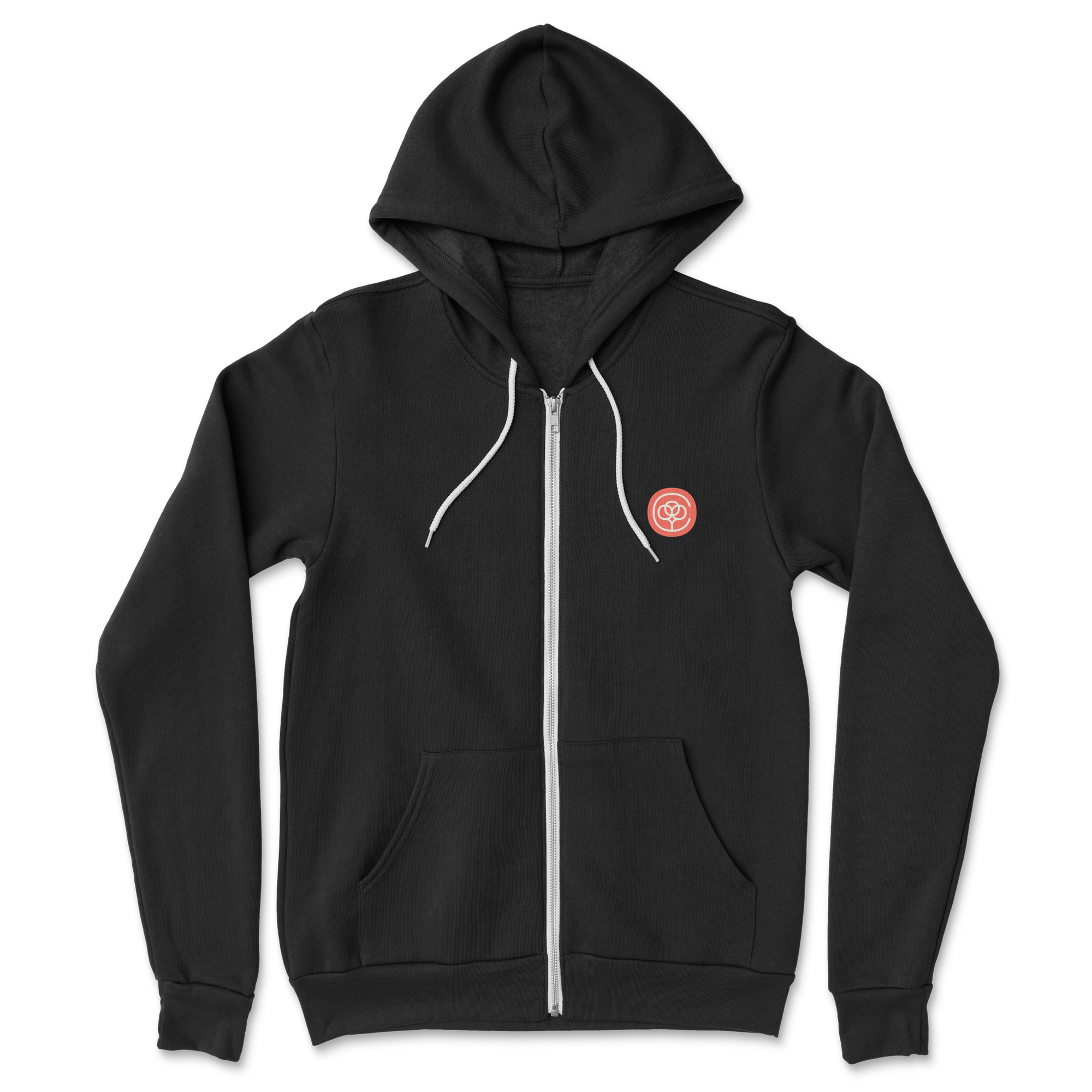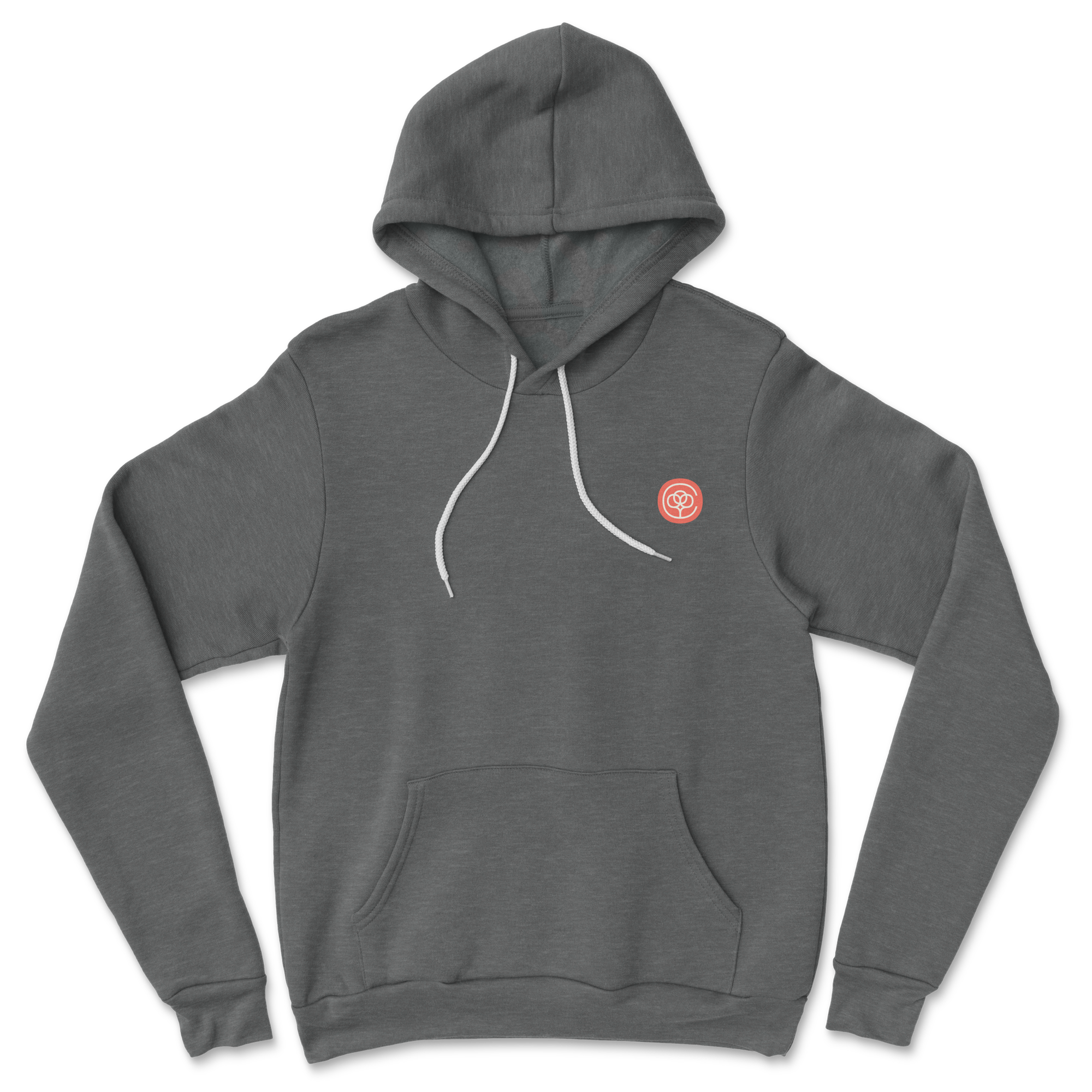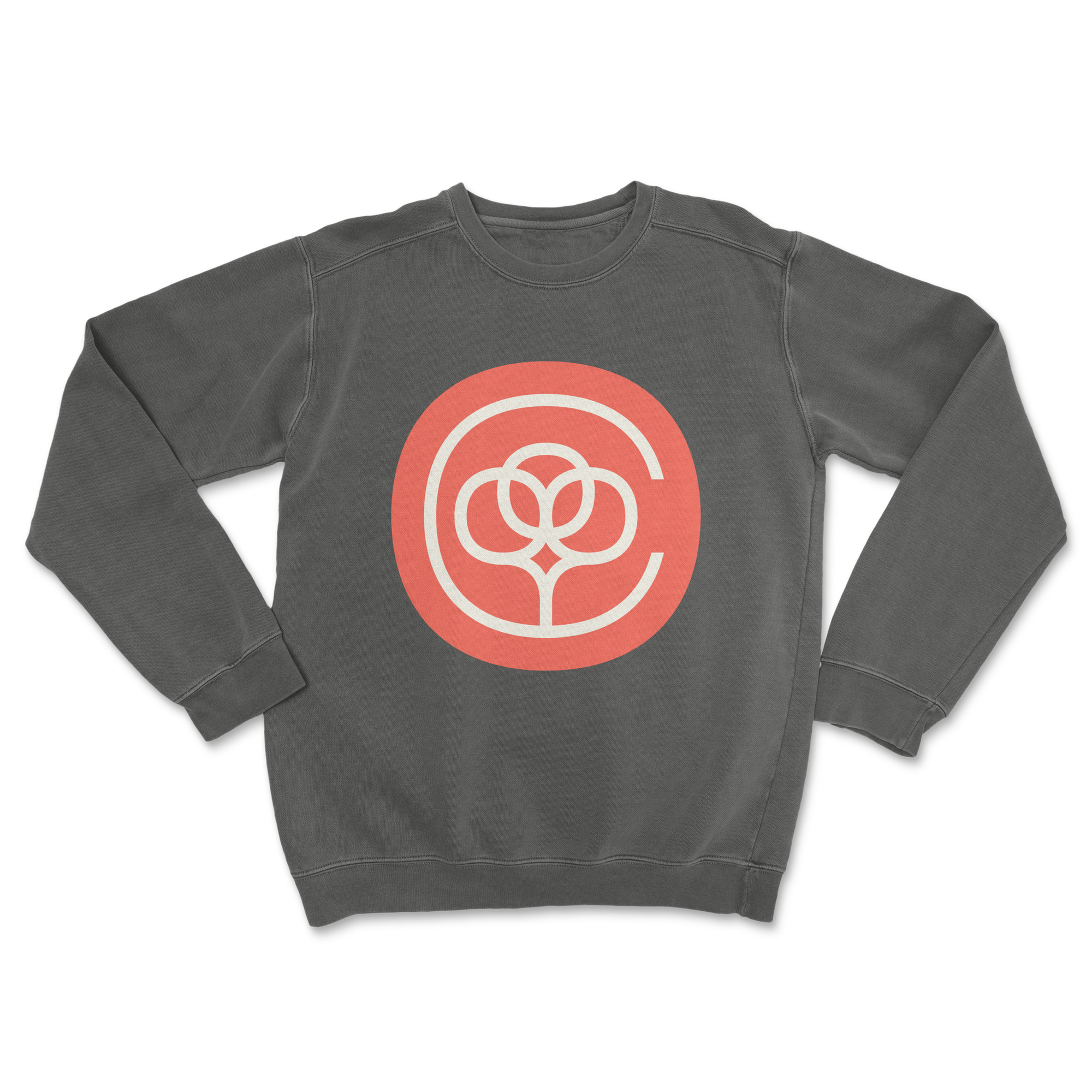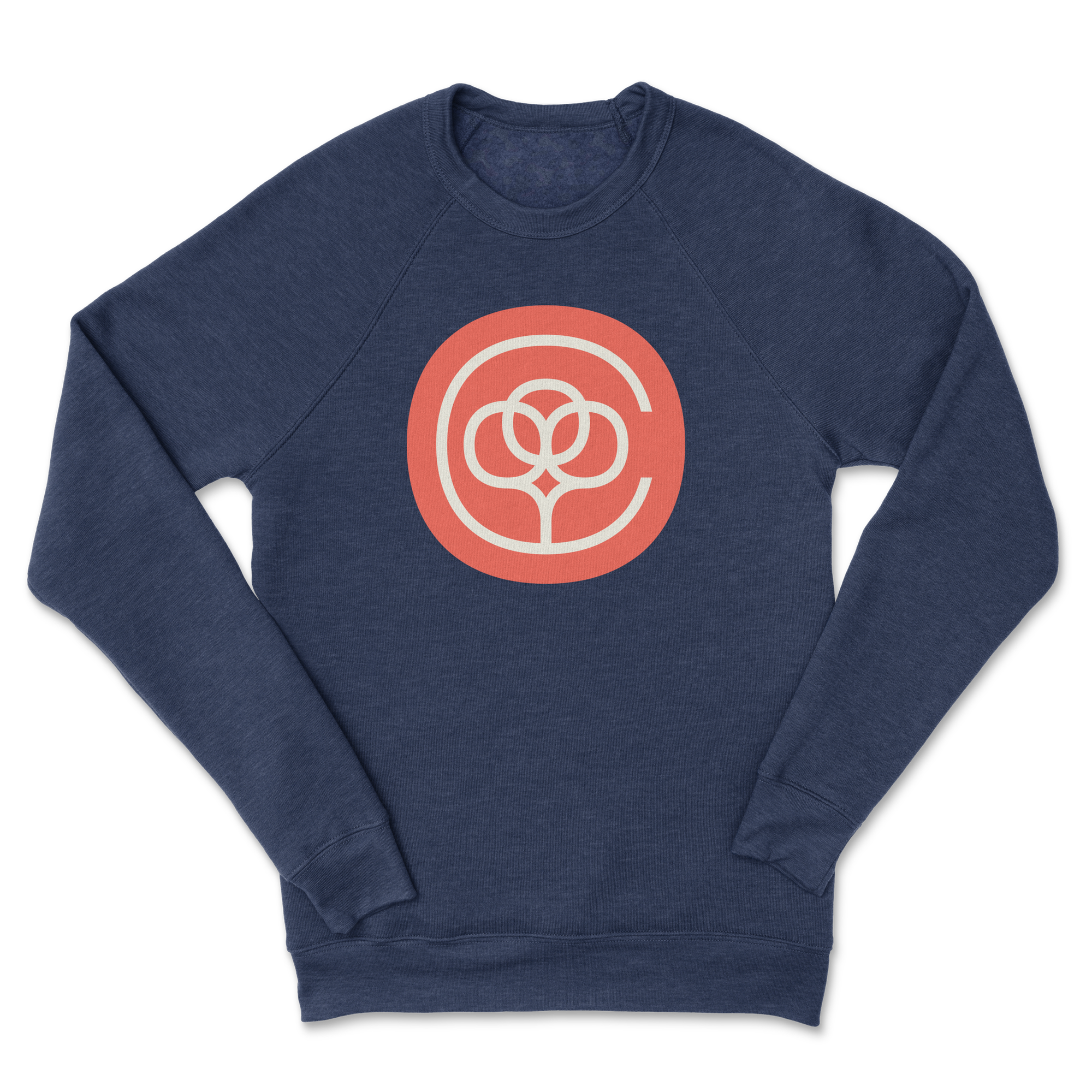The Official 2024 Cotton Bureau Gift Guide
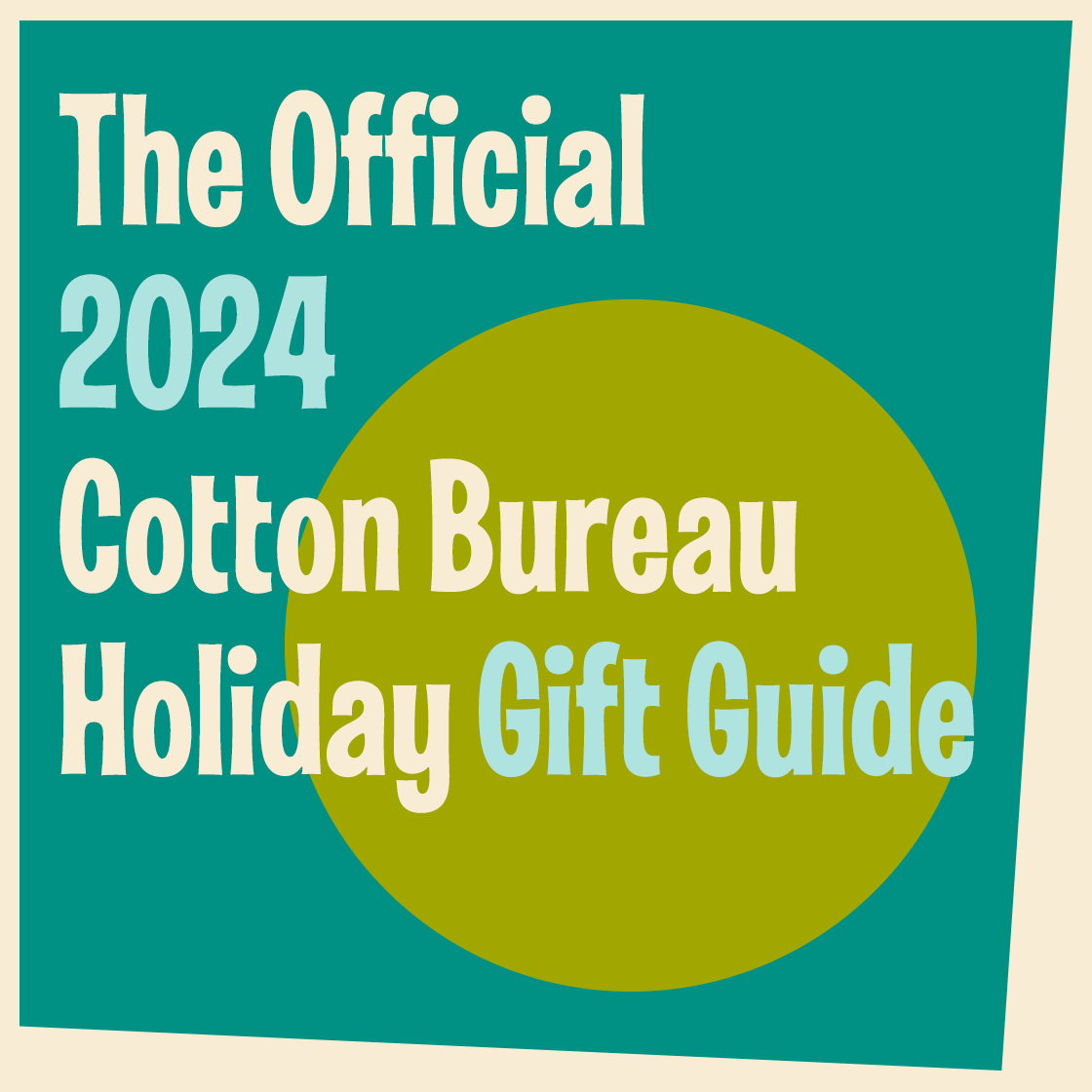
Welcome to the 2024 Cotton Bureau Holiday Gift Guide!
We’d like to do something a little bit different this year. We’re publishing earlier, for one thing, but we’re also highlighting a few of our friends who run impressive small businesses and make some amazing products.
We hope you enjoy these incredible products. They’re all great gifts for friends and family, but, you know, sometimes it doesn’t hurt to drop a hint either…
Mark Two Pen by Studio Neat
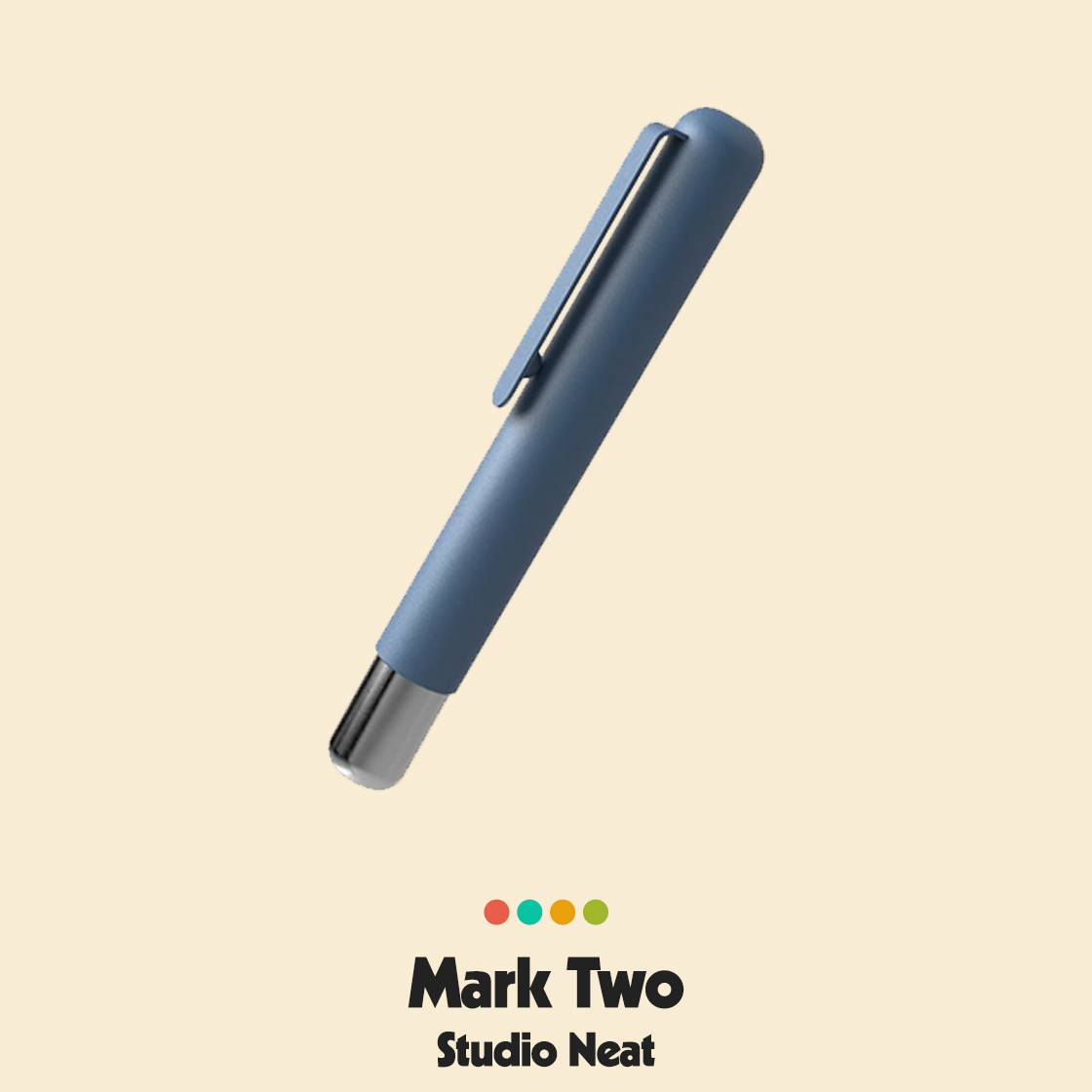
My personal favorite Studio Neat product, the Mark Two pen in blue. Feel the weight of that thing. Special deal for Cotton Bureau email readers, get 30% off orders over $200 using code SECRET24.
Discbound Heirloom Journal by Ugmonk
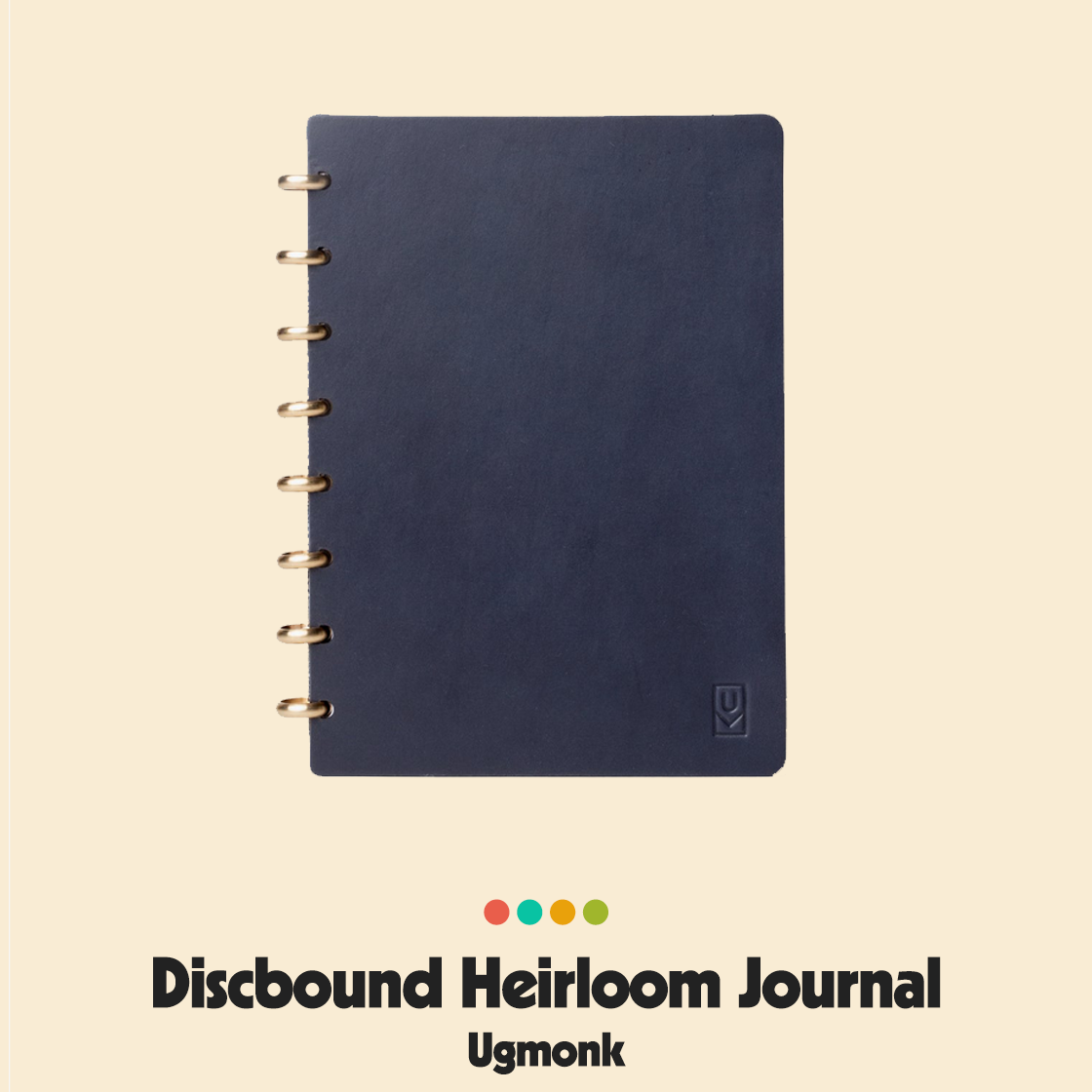
Pairs perfectly with the Ugmonk Discbound Heirloom Journal in navy. Use code BLACKFRIDAY to get up to 20% off.
Pen Type-A by CW&T
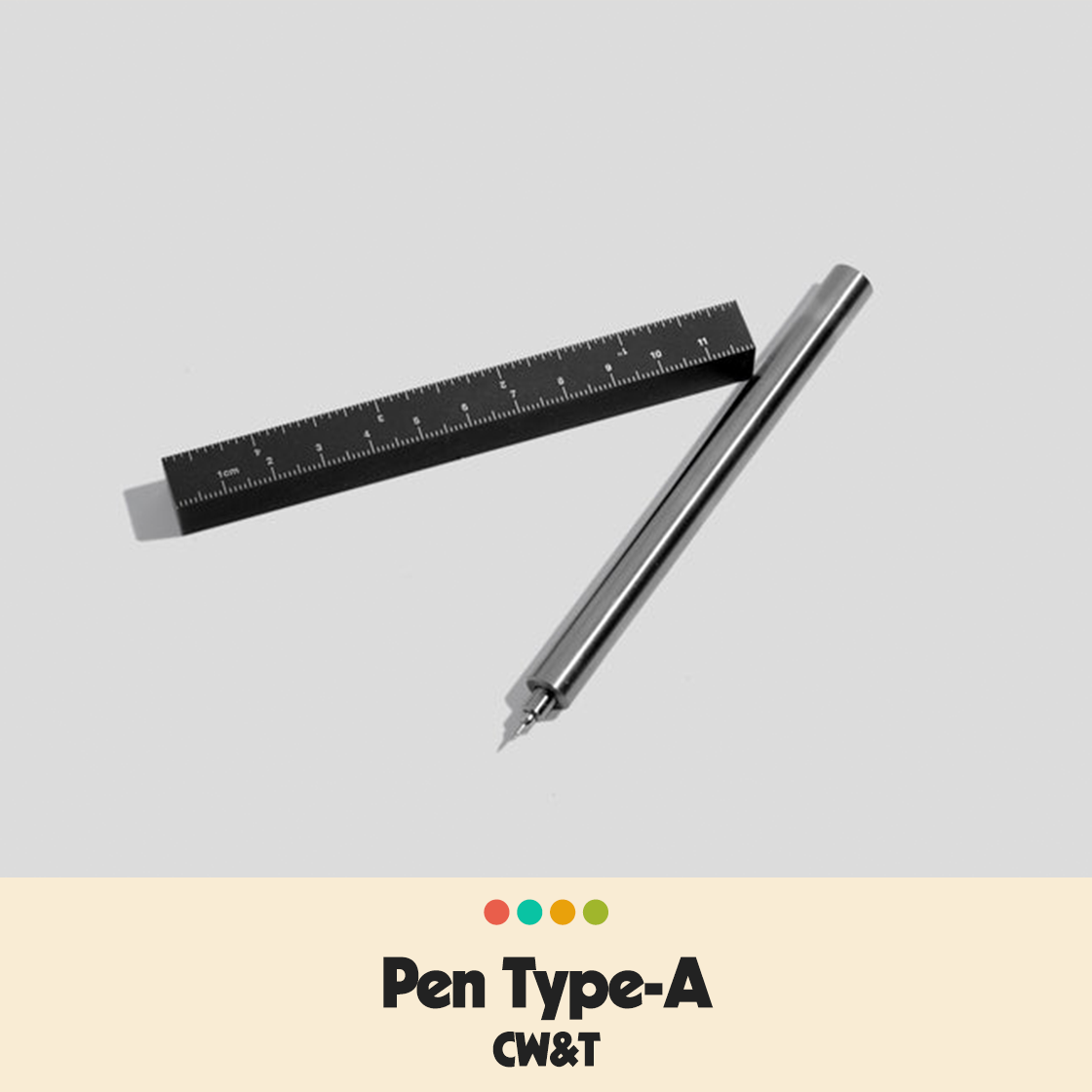
One of the most incredible products I have ever held. The Pen Type-A from CW&T is perfectly engineered. The pen itself gently slides down the barrel until clicking into place with a very satisfying thunk. I like the black one, personally. (All orders over $100 are 15% off this weekend.)
Traveler by Freewrite
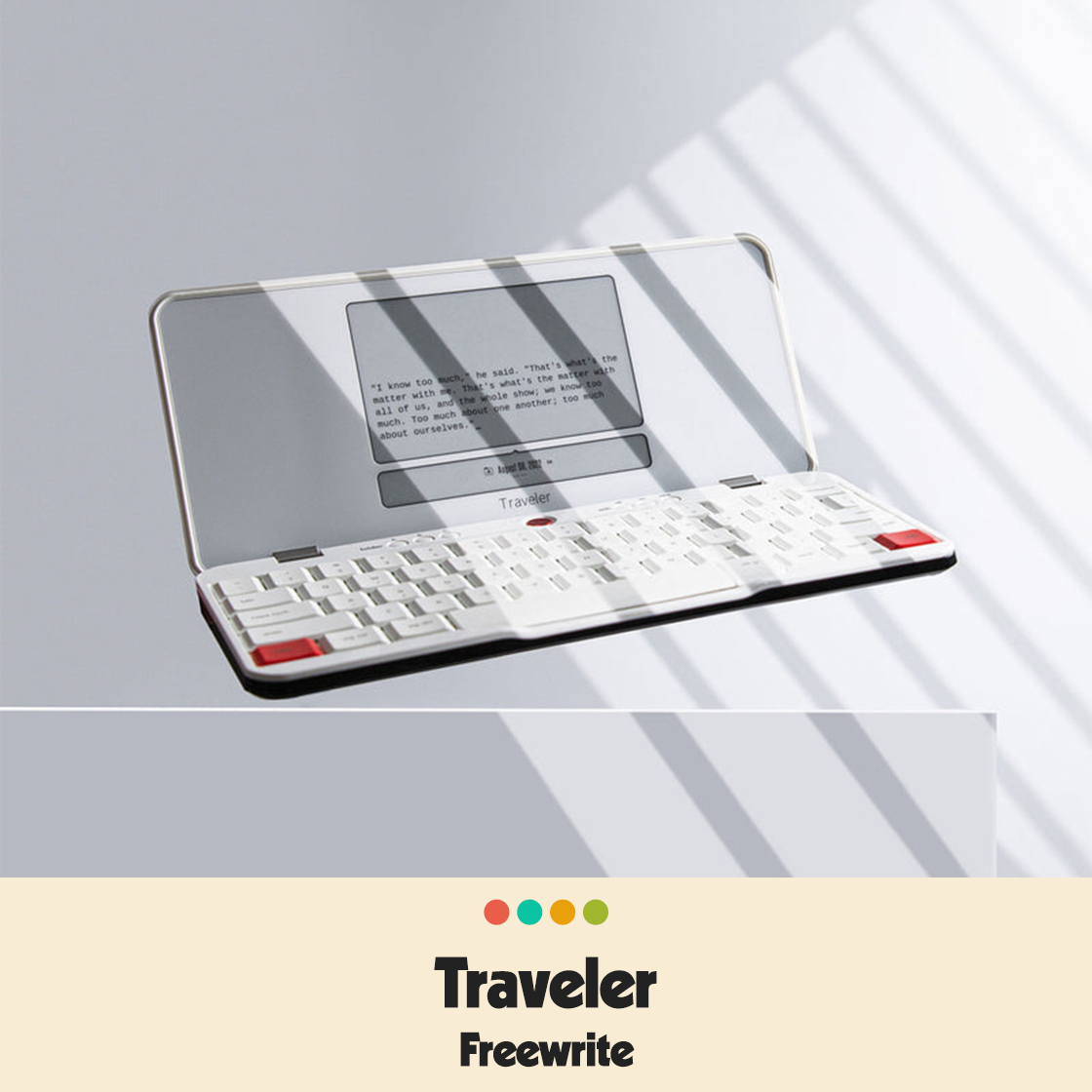
If writing makes your hand cramp and you never seem to look back on what you have written and when you do you can’t really make out what it was that you wrote, well, you should try typing instead. The Traveler from Freewrite is a super lightweight, distraction-free tool to just get those words out. You can edit them later, trust me. Get 10% off this weekend using code DECADEDEALS.
Micro Tyvek Wallet by Slimfold
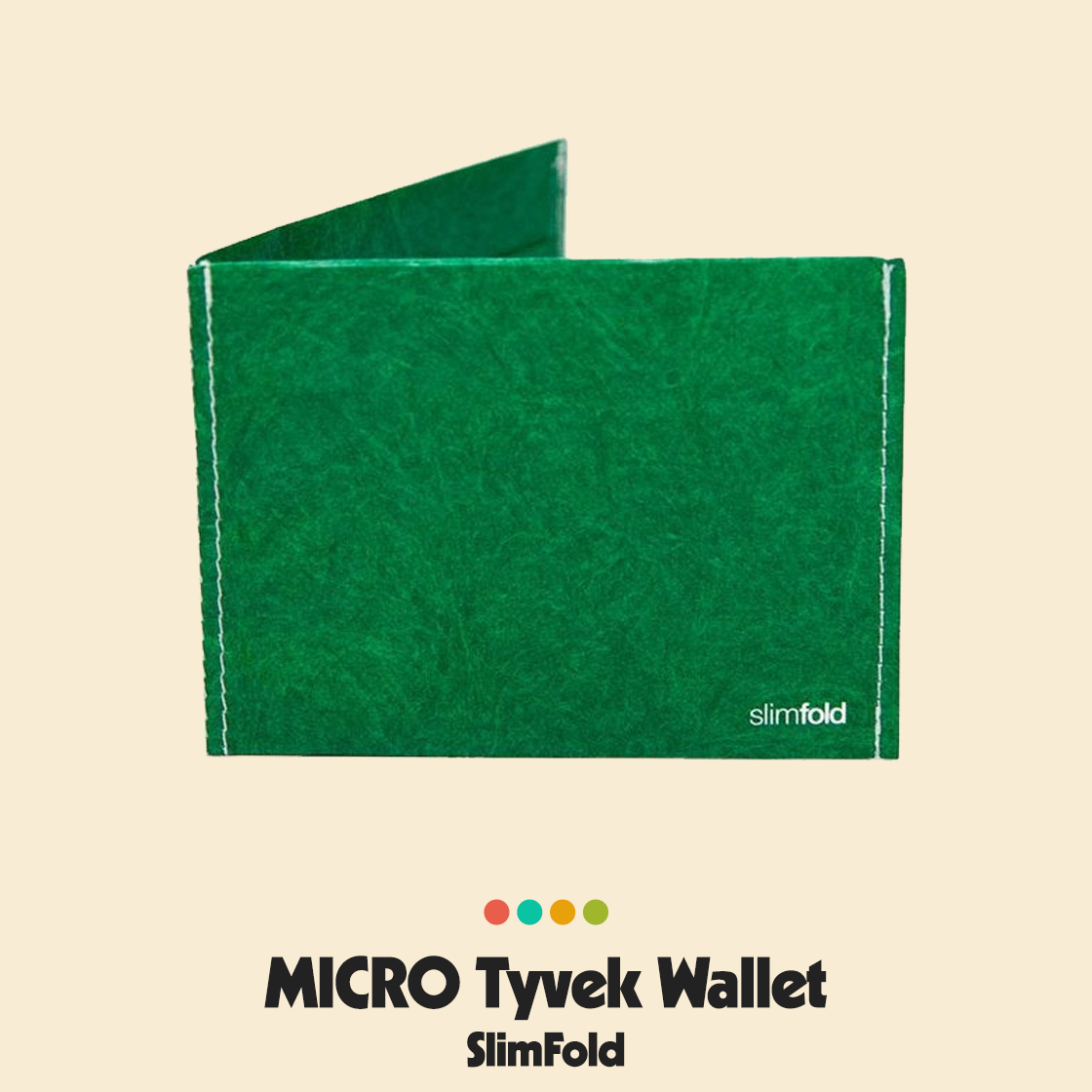
Find the perfect slim wallet (you are using a slim wallet, right?) is easier said than done. If you’re still searching, try this ultra-slim option from our friend Dave at SlimFold. We like the money green one. Because it looks like money. That’s what we all used to carry around in our wallets before we needed to take out a loan to buy a cheeseburger. Use code COLLECTIVE to get 20% off sitewide this weekend.
Ferris Bundle by Distil
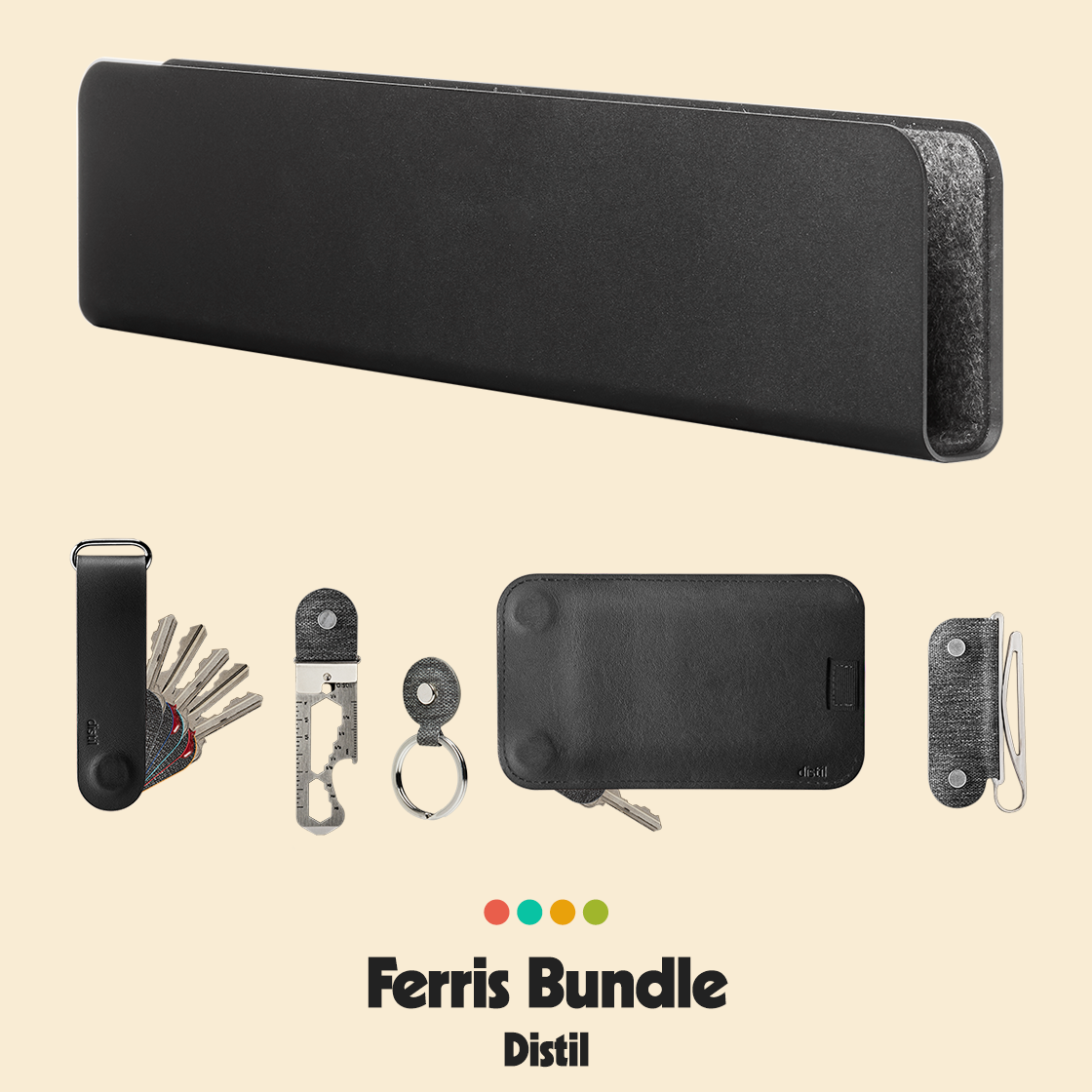
Perhaps you are an organizer, a systematizer. You like what you like and you like it all the same, exactly where you left it. Can I introduce you to the Ferris Bundle? Keys, wallet, and more snapping into place when you walk in the door. Very satisfying. Use code COLLECTIVE to get 30% off orders over $65 this weekend.
Tea & Coffee Press by Manual
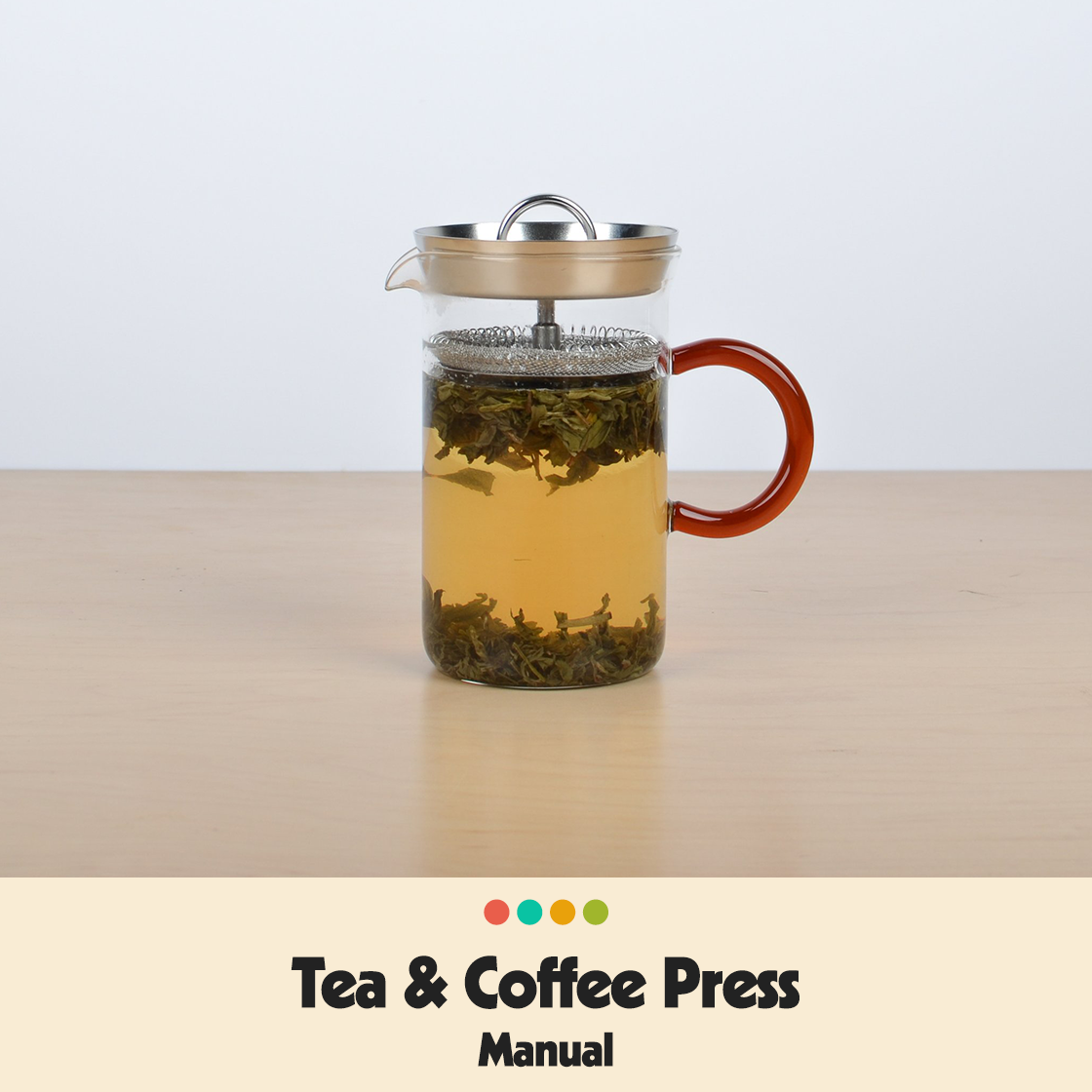
It’s past time to slow down, but it’s not too late. Start with the Tea & Coffee Press from Manual’s Slow System. Everything’s on sale, no code needed.
Goldie by Sourhouse
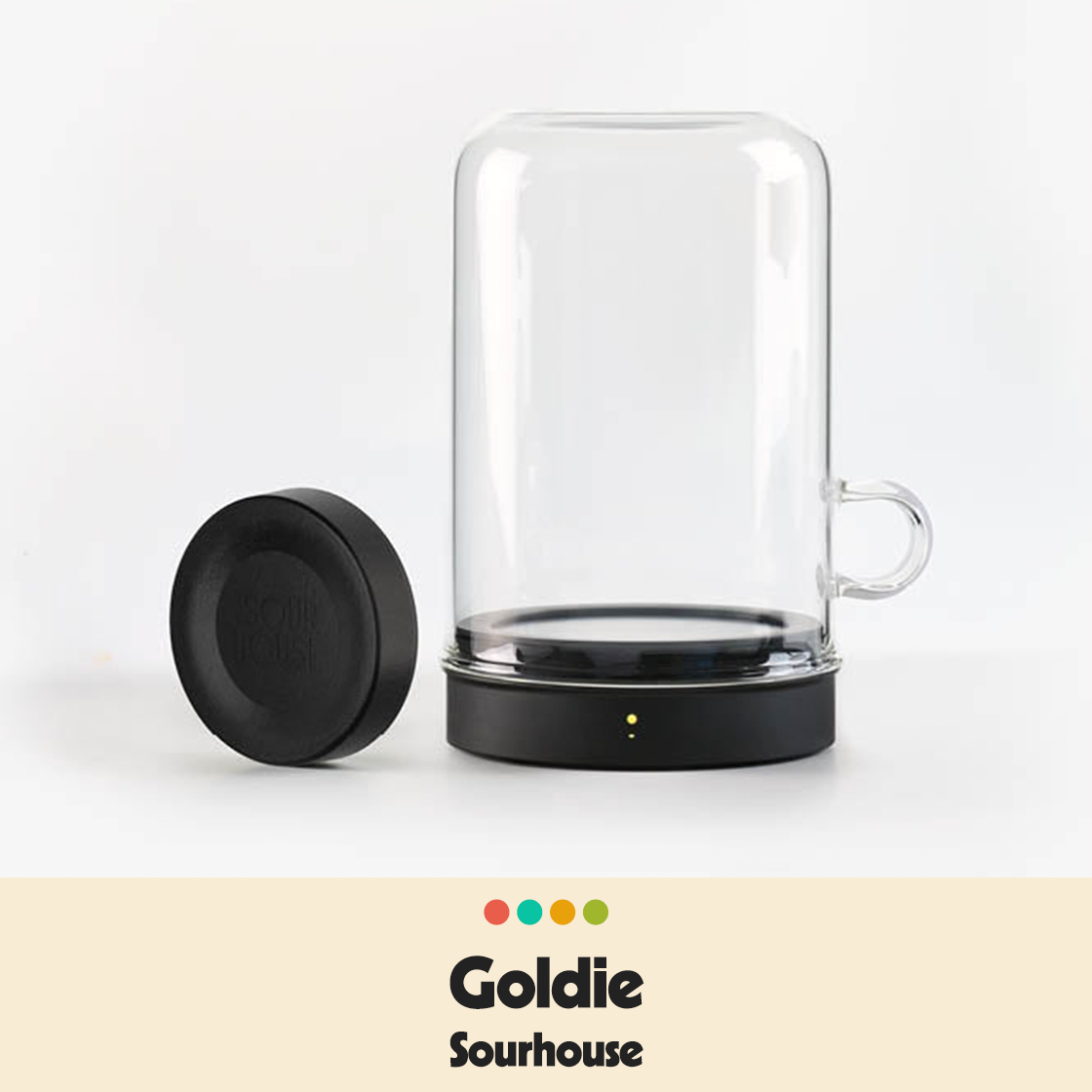
Speaking of slow, there’s nothing slower than growing your own sourdough. There’s also nothing that goes better with tea than toast and jam. (This is a fact. Don’t argue.) The Goldie by Sourhouse makes it easy, and beautiful. Get free shipping on orders $99+ using code FREESHIPNOV24. Ends soon.
Jose Berrio Peaks Towel by Nomadix
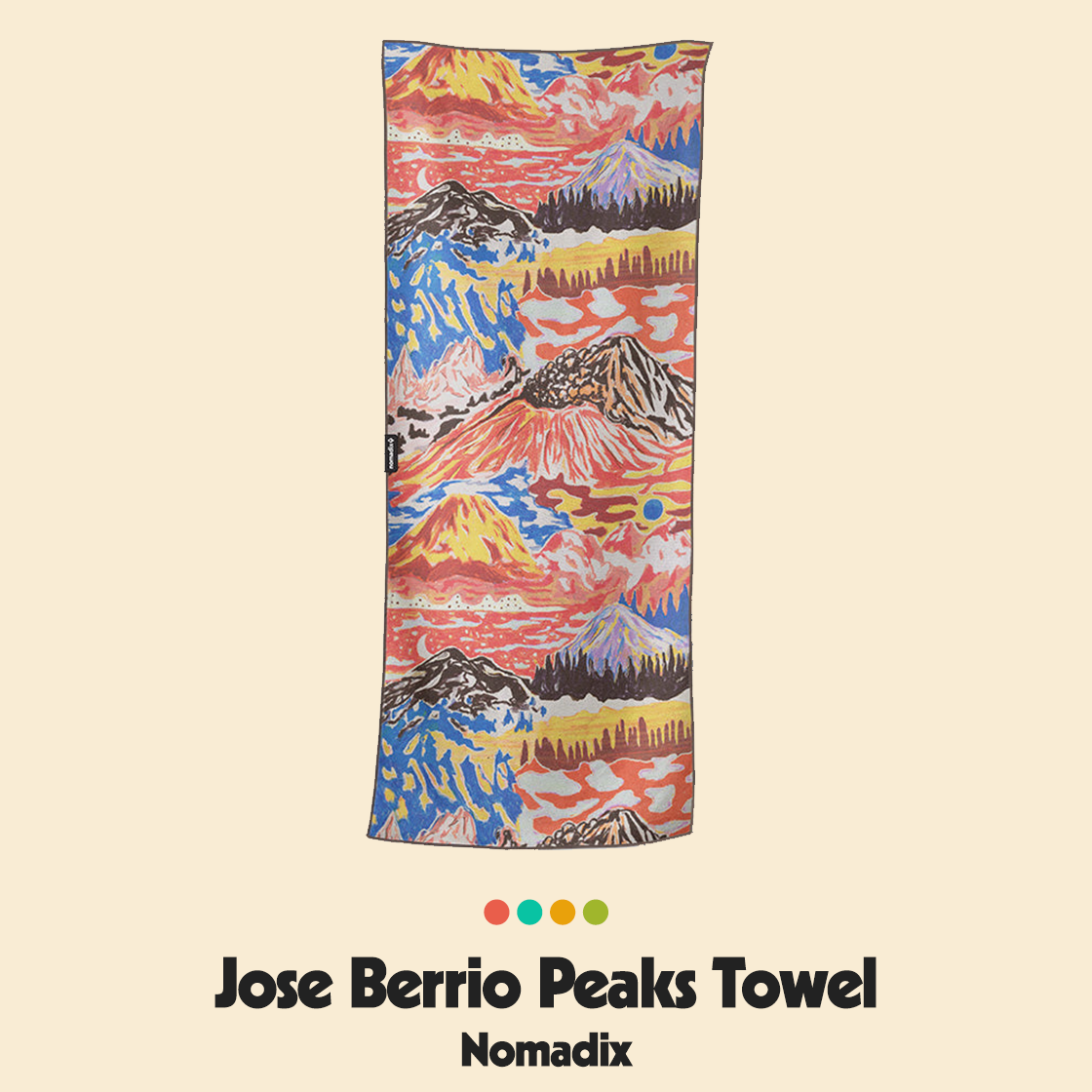
A good towel is all the well-traveled man or woman needs. Our friends at Nomadix have so many though, would it really hurt to have more than one? Maybe a big one and a small one. And a bandana. With everything 25% off (no code needed) there’s no reason to skimp.
My Favorite T-Shirt by Cotton Bureau
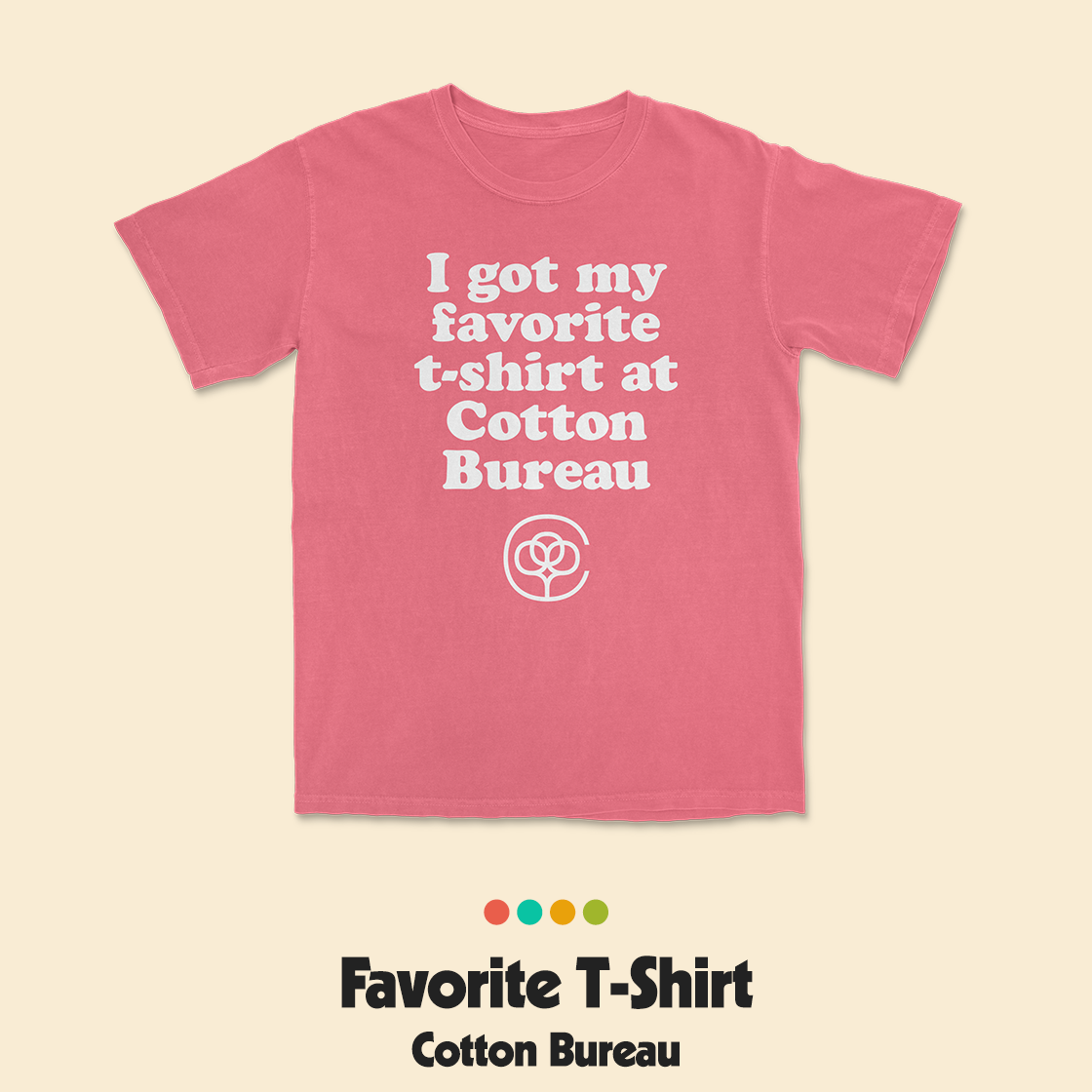
Perhaps not entirely coincidentally, Cotton Bureau is also a small business. To celebrate Small Business Saturday, we’re running an unprecedented free shipping + 10% sale using code COLLECTIVE at checkout. If you read this far, congratulations. You won. Go find yourself something nice.

